James Foster, CST
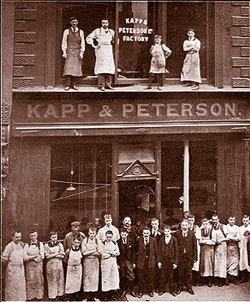
While it’s not late-breaking news at this point about the purchase of Peterson pipes by Laudisi, and the Peterson tobacco line to Scandinavian Tobacco. I did feel it was important to talk to the stakeholders about what the future holds. So strap yourself in as I had a chance to talk to Joshua Burgess (Managing Director, Laudisi Ireland), Leonard Wortzel (VP of Marketing and Product Dev at Scandinavian Tobacco Group/Lane Ltd), AND the man, the myth, the Peterson book author, and walking Peterson encyclopedia – Mark Irwin. Additionally, Conor Palmer chimed in briefly and answered a couple questions.
Personally, this change is great. I think everyone I have talked to from enthusiast to industry insiders, all feel that the company couldn’t have landed in better hands for both the pipes and the tobacco as the brand will be stewarded well for the next 150 years. I’m very excited to see both old and new come out of Peterson factory.
To give the last 40 or so years some perspective let’s dive into a little history. I actually didn’t know this but the “golden years or peak years” at Peterson were the late 1970s through 1981-82. At the peak of production during this time Peterson was turning out over 500,000 pipes per year. In 1970 or thereabouts the family ownership (Harry Knapp) sold off the company to businessmen who were happy to see the business grow, but were not pipemen per say. During this time up until 1984, a bevy of different owners over the company as they went from 120 employees through the pipe market crash and ended up with 20 employees. It was at this point, Tony Dempsey and Tom Barron sponsored the buyout of the company in April of 1984. They did this because they worked there, loved the company, knew how to keep it running operationally and didn’t want to see the history and the employees who were skilled artisans continue to lose their jobs. The way Mark explained it, it seemed like they bought it and held it until they could find a new owner that could continue to help them steward Peterson and expand its distribution network.
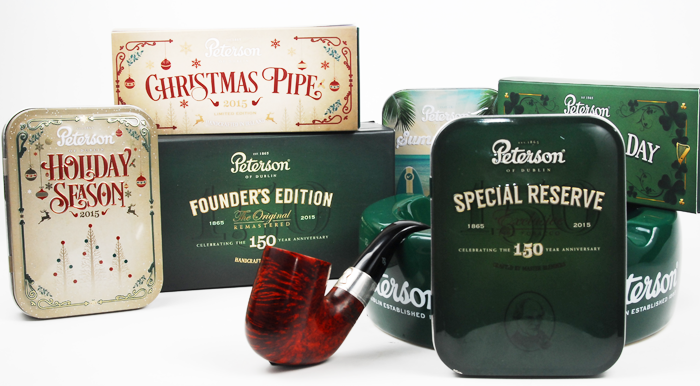
In 1991 Tom Palmer bought Peterson with what he said was his patriotic duty. Tom could not believe Ireland still had a pipe company in business. He knew when he walked in the door that he had come home and knew it was where he was supposed to be all his life. We’ll touch on how Tom expanded the business over the past 29 or so years but let’s first address a hot-button topic.
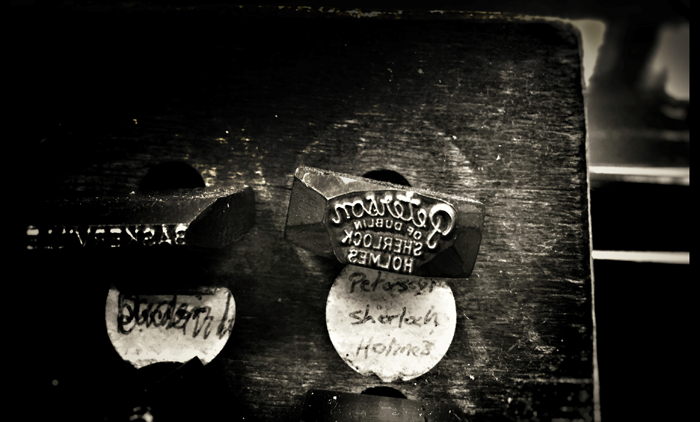
Quality Control is it really an issue?
I’d like to spend a bit painting the picture of how Quality Control is addressed at Peterson and cover our perception vs the reality. I’ve heard many mention that now Laudisi is at the reigns we’re going to see better quality control. Honestly, after talking with Mark and Josh about this, I’ve been given an expanded understanding of how pipes are graded and done that I want to cover. Currently, it’s estimated that Peterson is producing around 70,000 pipes a year with 20 people and one silversmith, AND a Quality Control person that now inspects every pipe that leaves the factory. But let’s keep in mind that they are human and mistakes happen. When we hear about someone on a forum talking about a few examples out of 70,000 that slipped through, I’d call that pretty good quality control and I think Peterson has taken a bit of a bad rap unjustly when compared to other manufacturers.
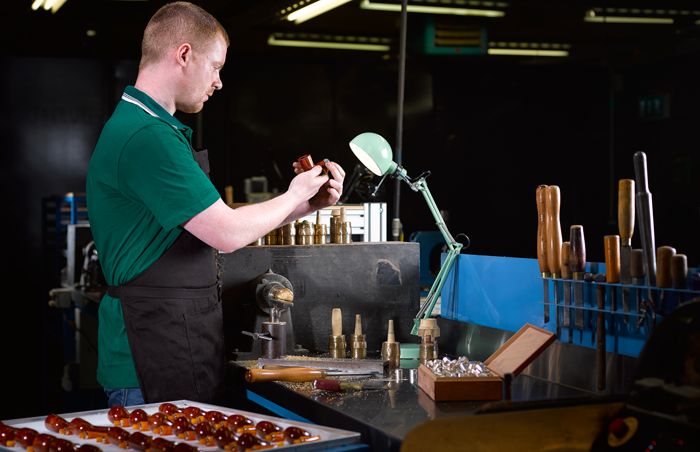
“What other manufacturers can turn out a pipe with a silver band that looks that pretty at the $200? (Actually this years St. Patrick’s day pipe can run as low as $82 and is silver banded) Peterson hasn’t changed their grading process since they began.
To understand Peterson, the pipeman needs 1) knowledge of the tiered bowl-grading system Peterson has used since the beginning (entry-grades will have fills; highest grades will have none or only root marks); 2) awareness of Charles Peterson’s Patent engineering and how it has affected nearly all shapes in Peterson’s house style; 3) sympathy for Irish history, culture and customs. – Mark Irwin.
Grading and Fraising
If you look at an artisan pipe maker they pick and choose from a sack briar to pick the cream of the crop. When it comes to a manufacturer, they are buying 500 bowls in a sack. By the time WWI was over Peterson could no longer keep up with the demand to make pipes so they outsourced the initial sourcing and cutting and fraising of the bowls to another group. In the 1920s they had a group of French artisans come over and occupy a building (called “The French,” no less) near the Peterson factory that did all the fraising. When WWII broke out, the French folks packed up and went home, and Peterson had to source from elsewhere. Today it’s Italy.
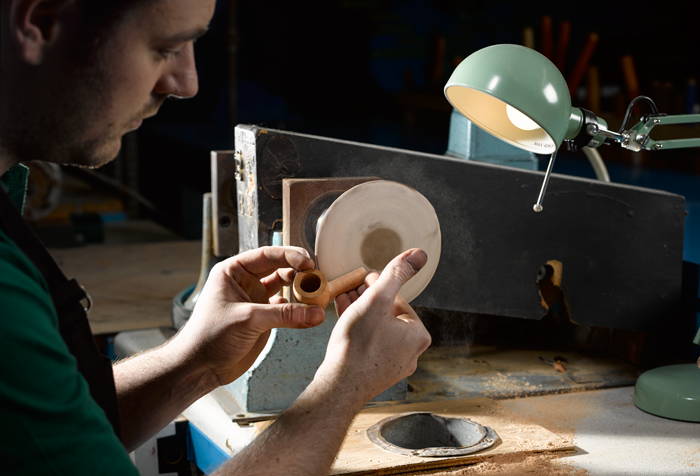
Any large-scale manufacturer, when they receive their fraised bowls, about 3% to 5% are flawless. The rest will be graded. For example, the system pipe grading is as such: The Supreme (flawless; sometimes gold-mounted; 3 to 5% of total production) the Deluxe System should have 0 flaws. A Premier System (root marks and sand pits; no or maybe 1 tiny fill). System Standard (have less fills than entry-grade lines). Lastly, Entry-Grade lines (will have some fills). Additionally, when it comes to the grain, if a bowl is flawless but the grain look is poor, the pipe will get an ebony or dark green stain. You know that the bowl is good quality if it has a dark stain because bowls that have fills will not take the stain correctly.
As far as Laudisi is concerned taking over:
Certainly we’ll be looking for opportunities to improve the pipes. But at the same time, we ought to bear in mind that here we have one of the largest pipe brands in the world with an enormous following. Any changes that we might make are likely to happen slowly. – Joshua Burgess

Moving on, talking with Joshua I quizzed him on a couple things. I started with the obvious question:
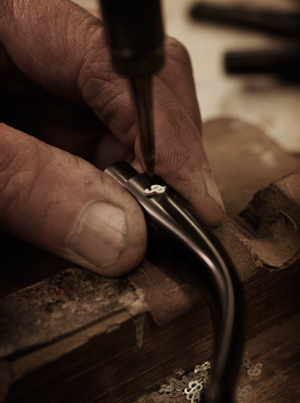
So you opened the office in Ireland for Peterson?
No, it was a happy coincidence, our plan had been to set up an EU retail website, and we had got far along in the process, and then had the opportunity to do this with Peterson. It was perfect timing for us – and keep doing what we wanted to do in EU based out of Ireland. The smokingpipes.com EU location is located out of Sallynoggin. The plan prior to this was to have an independent office but now that we’ve acquired them we’ll be with those guys in the factory.
The retail store will that remain the same?
It will remain as it is. I’ve visited with those guys a few times since I’ve been in Dublin; they have a wonderful mix of Peterson pipes. I wouldn’t anticipate any changes there. It would certainly be cool if we could promote the store as a top of mind destination for pipe folks and a great place for a pipe pilgrimage. There aren’t many traditional pipe brands left that sport a shop bearing their name, and it’s in a lovely part of the city. The Dingle Whiskey bar is next door and there are numerous pubs nearby where one could enjoy a pipe in an outdoor setting.
Do you think you’ll add more products there?
They have a great selection right now—of course, they have a beautiful offering of System and Deluxe pipes, as well as Sherlock Holmes. So I don’t think they’re missing much. But certainly, we’ll keep an eye on what’s offered at the Peterson store.
What else would readers be interested in knowing?
I’m really just excited to spend time on the factory floor learning more about how these guys operate. The tendency right now is to say ‘What are you going to change and do differently?’ I don’t know yet. I need to understand what happens in the factory that makes Peterson the celebrated brand that it is today.
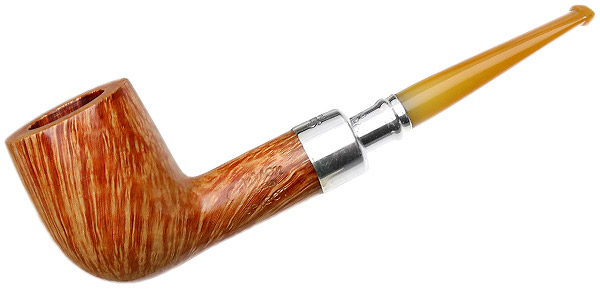
I’m sure we will do some things differently. We’re good at technology, business processes, and software, and we will bring those strengths to bear at Peterson. We are also deeply nerdy about old pipes. Amber Stems is something that we had some input in for example. Sykes and Shane were visiting the factory and Conor asked ‘can we do something with these?’ And they said, ‘Yeah, absolutely we can.’ These are the Amber Stem Spigots and the box sets. So maybe we go back to old catalogs and find old shapes or interesting materials. Our nerdiness about old pipes is likely to show up in some way.
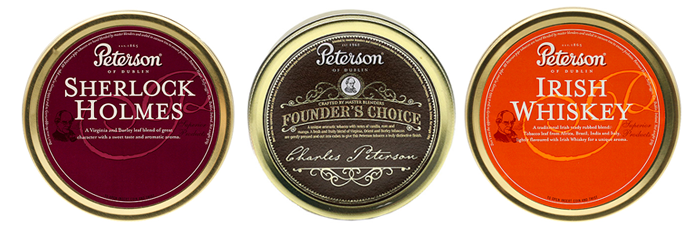

On the other side of the business, the tobacco portion that has been purchased by Scandinavian Tobacco Group (STG) – I asked a couple questions of Leonard.
Doesn’t STG already manufacture some of the Peterson Tobacco?
STG was already doing the majority of it – at the formally known Orlik factory in Assens, Denmark. Its where we make Peter Stokkebye, Escudo, etc.
What do you see as the main change with this buy-out/acquisition?
This line of pipe tobacco in the hands of a company that is extremely focused on pipe tobacco and focused here in the US – that brand was distributed by Ashton prior in the US, and not to say they weren’t focused on it but it’s the core of what we do where they primarily focused on the cigar market.
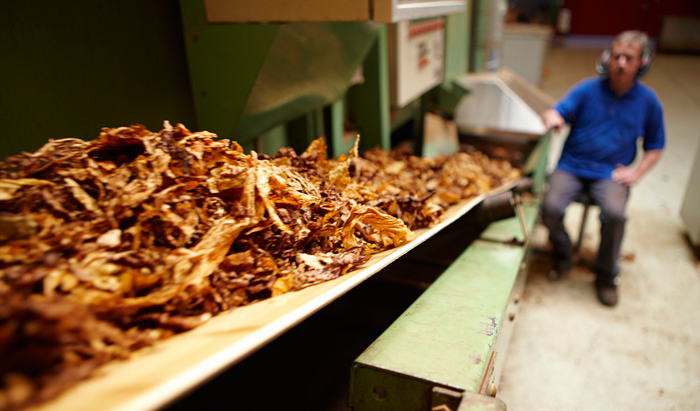
How many Peterson Blends are there currently and do you plan to continue making all of them?
On a global scale – being distributed all over the world, we’ll continue the entire portfolio, in the US again we may look over time but the intention is to continue with the blends we have now. There is about 20 blends actively being sold in the US. Outside of the US, there are 5 or 6 blends that you don’t really see here.
Will there be new holiday blends at all (even if not offered in the US)?
I don’t have the answer to that at this point – so it’s very new to us, so we’re still in the planning phases. Whatever is successful in the past we’ll look to continue.
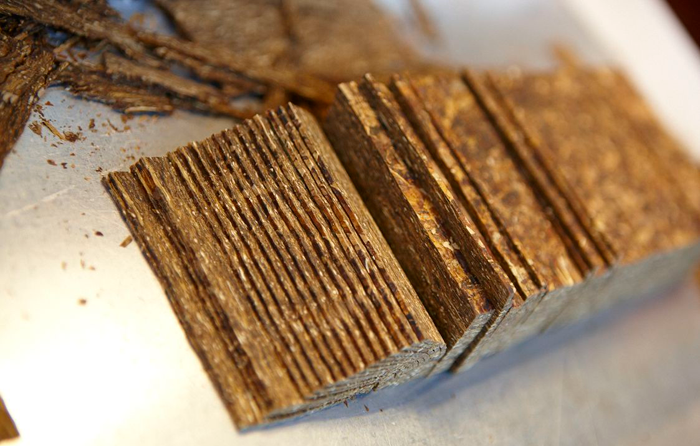
Any plans to come hang out with us at the Texas Pipe show and bring some Peterson Blends?
Let me follow up on that. We’re still working on the official transition, information will follow over the coming months.
Anything else we should know about?
It’s a very positive time for our hobby, and we’re excited to be distributing a blend that people are passionate about.
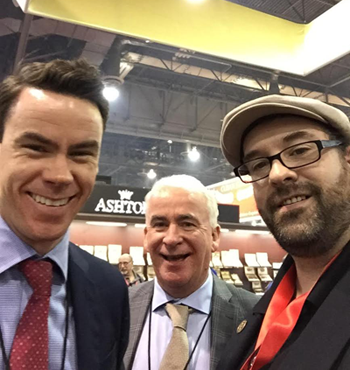
Coming back to the changing of the gaurd, I asked Mark to sum up how Tom led the company through the past 29 years.
“Tom brought Peterson back to life during the cigar boom of the 90s. He turned this time into an era of expansion for Peterson. Peterson transitioned from fewer shapes to many more shapes, stains, and lines. In the 1960’s they had 6 system pipe shapes and 3 grades – it had come down since the original time back in the 1890s, and people were fine with it because they viewed the pipe as a nicotine delivery system. I think, (90% sure) that Tom is the reason we have a pipe of the year, that Tom invented the concept of it. He experimented with a 4th of July pipe, Halloween pipe, Christmas pipe, St. Patricks Day pipe, some stuck around, some didn’t.
Tom introduced tobacco back into the company, they hadn’t had Peterson tobacco since the 60s. He then (during the cigar boom) introduced Peterson cigars – which also wasn’t new, Peterson had done this back in the 20s.
“The Dublin Era” which you can read about in the Peterson book (coming out next May) talks about 13 sets of pipes or special collections that Tom oversaw and released – some were high-end pipes, some middle of the road and they all had sterling bands.”
It is no small feat to come into a struggling company, keep the doors from closing, and turn the company around to expand its offerings, its distribution network, and its brand recognition, and Tom did just that. When asked what he thinks of the transition:
Commenting on the sale of Peterson Pipes and the Peterson pipe tobacco brand, Tom Palmer said, “After 29 years under our stewardship, a new and exciting chapter in the history of Peterson begins. Scandinavian Tobacco Group A/S and Laudisi Enterprises Inc. are world-class organizations that possess the category expertise and passion to guide Peterson through the next phase of its history”.
Wrapping Up
I’d like to thank Mark Irwin for his background insight into the company and can’t wait to pick up a copy of the Peterson book next year at the Chicago Pipe Show. You too can snag a copy at the show or order it from Briar Books when it is available.
Thanks also to Joshua Burgess, Adam O’Neill (and his wife) for talking with me about Laudisi’s acquisition of Peterson. And lastly Leonard Wortzel for chatting with me about STGs continuation of the great Peterson tobacco.
When I asked Conor what he thought his dad would do now in retirement, his one-word answer summed it up, “relax.”
See Fred Brown’s Q&A with Sykes Wilford Here
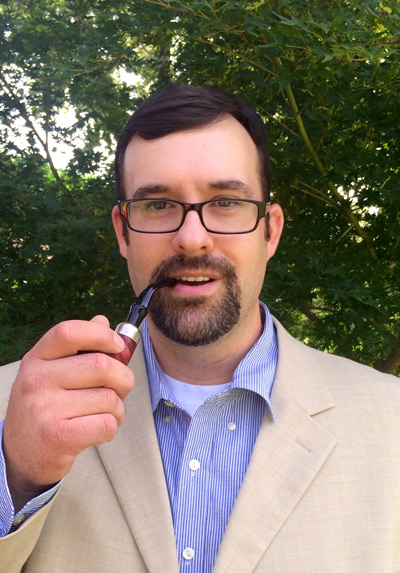 James Foster goes by the online handle of Pylorns in the forums, and he is the creator of an app for keeping track of your tobacco cellar inventory called The Pipe Tool, serves as the President of the Austin Pipe Club and is a Certified Tobacconist. James Foster goes by the online handle of Pylorns in the forums, and he is the creator of an app for keeping track of your tobacco cellar inventory called The Pipe Tool, serves as the President of the Austin Pipe Club and is a Certified Tobacconist. |


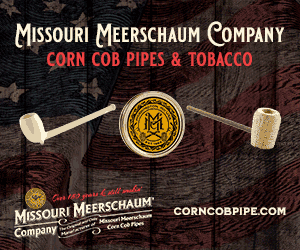


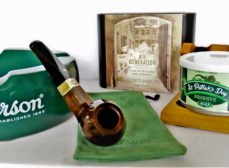



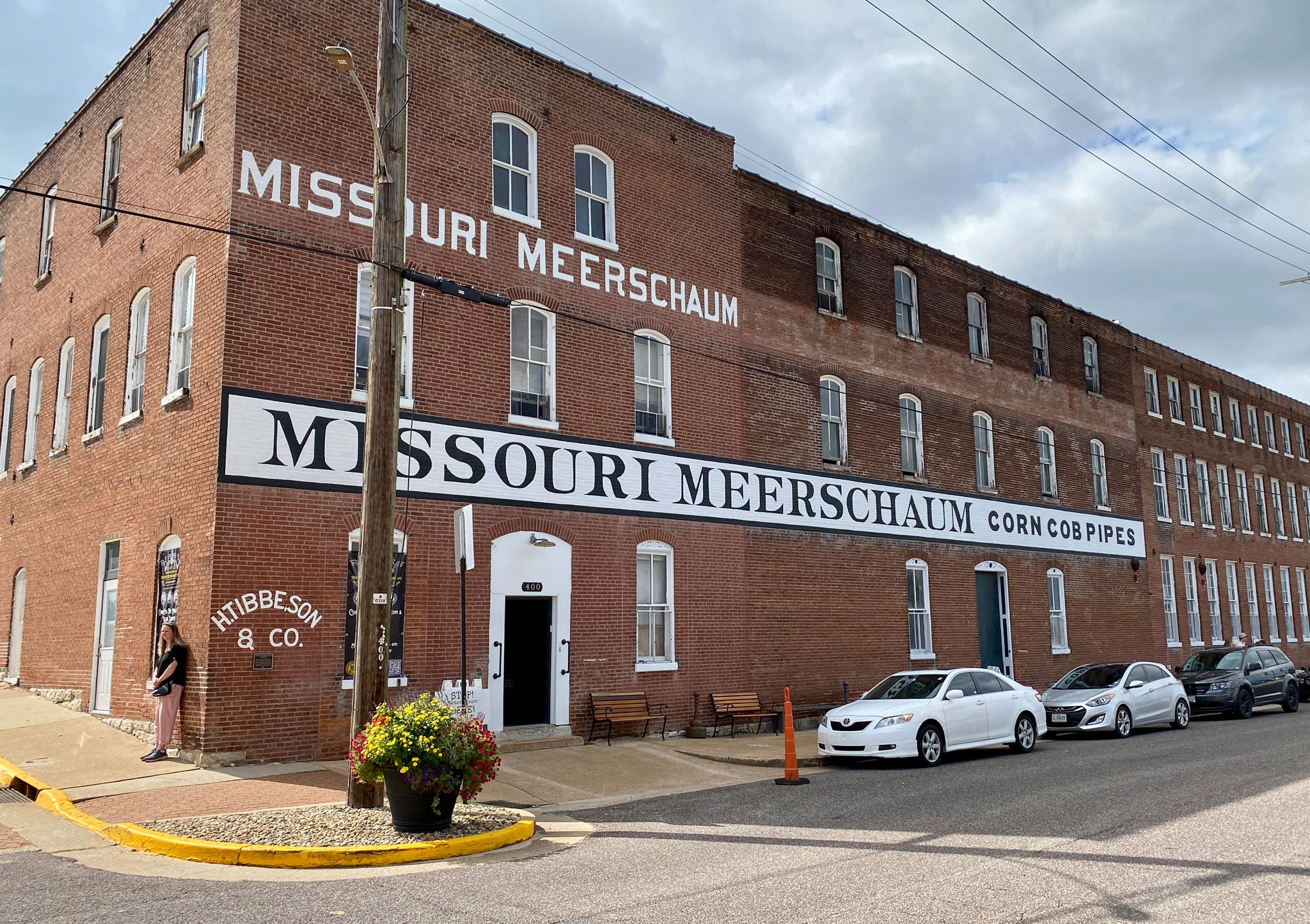

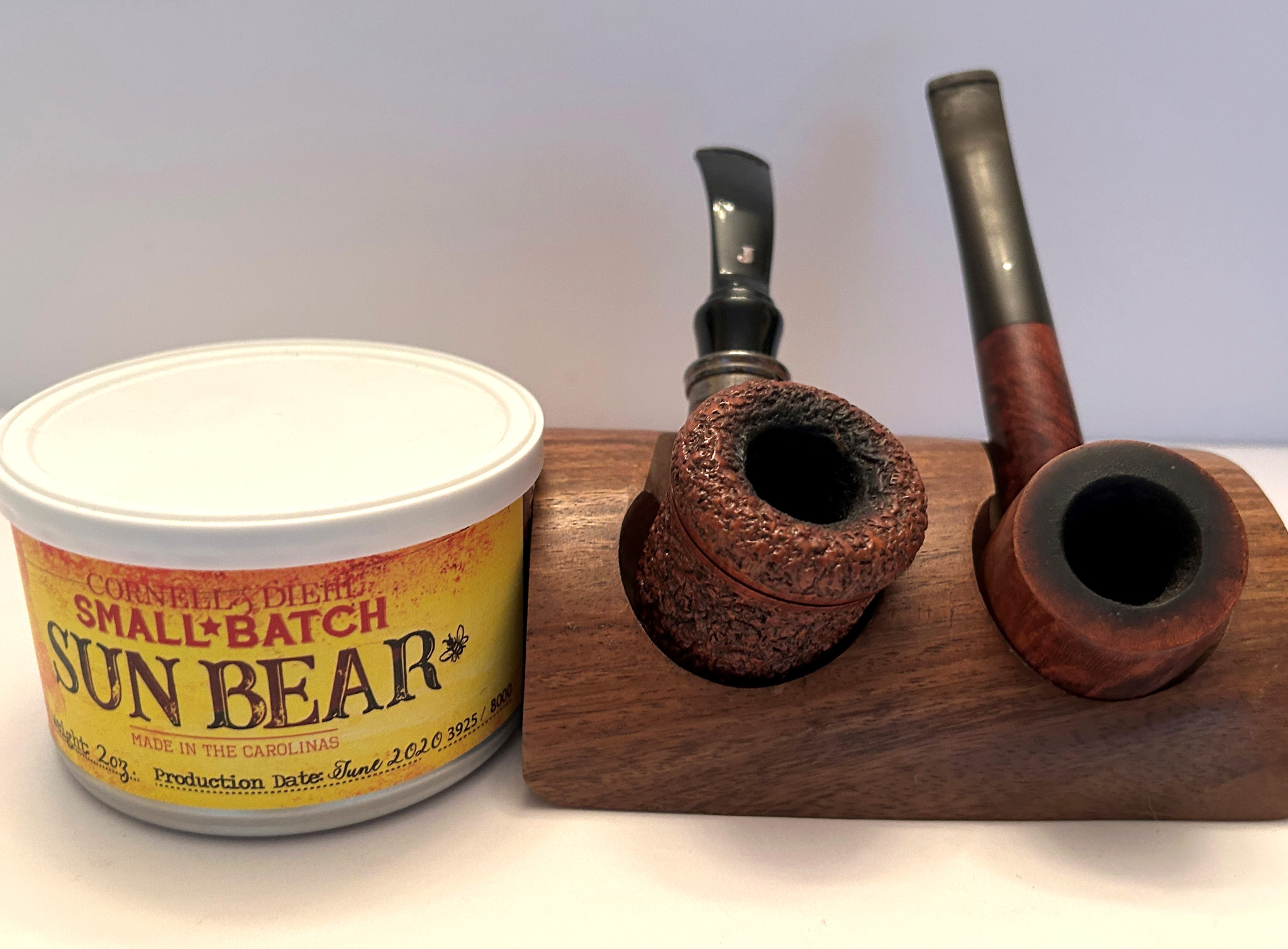






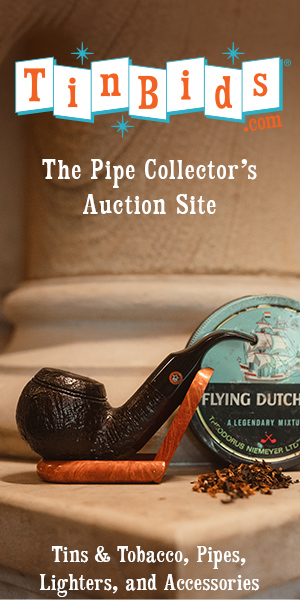

Thanks for establishing an authoritative reference to the company’s transition. The forums are timely, but they are fraught with hearsay and personal conjecture.
It sounds as if there are good relationships for the future on both the pipe and tobacco sides. Both sides are being bought by outfits that have a primary interest in the products involved.